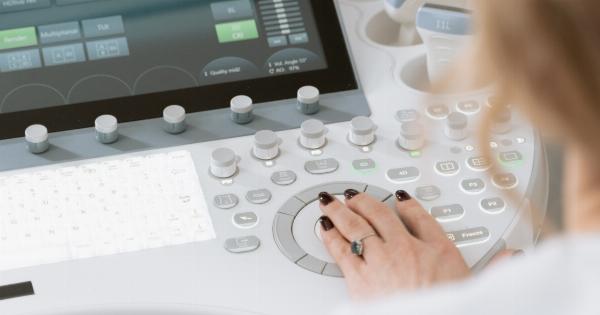Prostate hyperplasia, also known as benign prostatic hyperplasia (BPH), is a condition characterized by the enlargement of the prostate gland. The prostate gland is a walnut-sized organ located just below the bladder in males.
It surrounds the urethra, the tube through which urine and semen pass out of the body. When the prostate gland enlarges, it can lead to a variety of urinary symptoms and complications. In this article, we will explore the symptoms, diagnosis, and treatment options for prostate hyperplasia.
Understanding Prostate Hyperplasia
As men age, the size of their prostate gland tends to increase. This growth is a normal part of the aging process. However, for some men, the prostate gland can grow to the point where it causes problems and affects their quality of life.
This condition is known as prostate hyperplasia or BPH.
While the exact cause of BPH is unknown, age and hormonal changes play a significant role.
It is believed that changes in the balance of sex hormones, particularly an increase in the levels of estrogen relative to testosterone, contribute to the development of BPH. Other factors, such as genetics and lifestyle choices, may also play a role.
Symptoms of Prostate Hyperplasia
The symptoms of prostate hyperplasia can vary from person to person, but some common signs and symptoms include:.
If you experience any of these symptoms, it is important to consult with a healthcare professional for a proper diagnosis.
Diagnosis of Prostate Hyperplasia
To diagnose prostate hyperplasia, your healthcare provider will evaluate your medical history, perform a physical examination, and order certain tests. These may include:.
Based on the results of these tests, your healthcare provider can confirm a diagnosis of prostate hyperplasia and determine the severity of the condition.
Treatment Options for Prostate Hyperplasia
There are several treatment options available for prostate hyperplasia, depending on the severity of symptoms and the impact on a person’s quality of life. These treatment options can be broadly categorized as either medical or surgical.
Living with Prostate Hyperplasia
While treatment options can help manage the symptoms of prostate hyperplasia, certain lifestyle changes can also greatly improve the quality of life for individuals with this condition. These may include:.
It is important to consult with a healthcare provider before making any significant lifestyle changes or starting any new exercises.
Conclusion
Prostate hyperplasia, or benign prostatic hyperplasia (BPH), is a common condition that affects many men as they age. While the exact cause is unknown, hormonal changes and age play a significant role in the development of BPH.
The symptoms of BPH can greatly impact a person’s quality of life, but with the right diagnosis and treatment, these symptoms can be effectively managed. Various treatment options, ranging from medications to surgical interventions, are available depending on the severity of symptoms. Additionally, making certain lifestyle changes can also contribute to improved symptom management.
If you experience any symptoms of prostate hyperplasia, it is crucial to consult with a healthcare professional to receive an accurate diagnosis and develop an appropriate treatment plan.





























